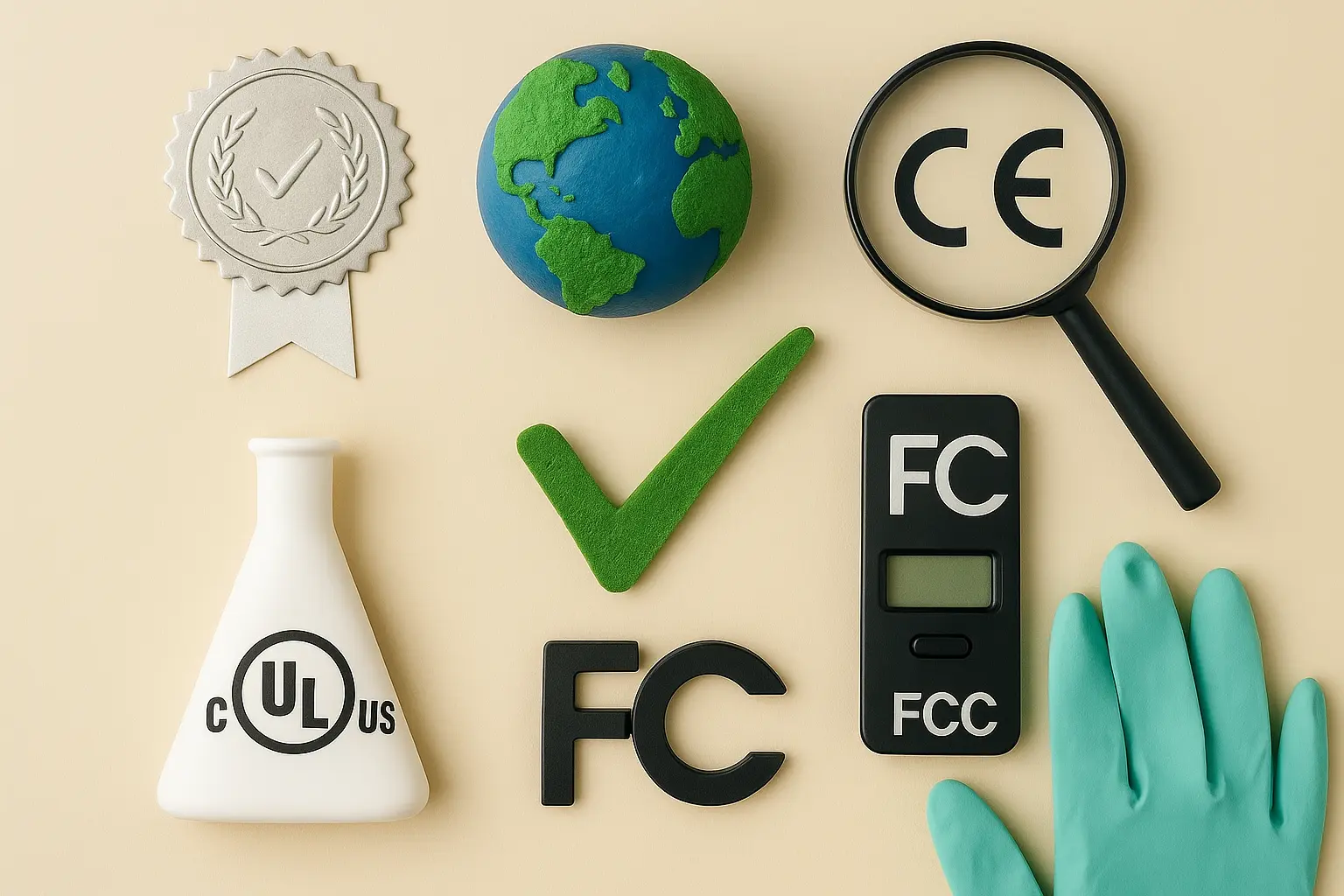Smart Home Device Certification
The certification of smart home devices is a critical process that ensures compliance with international standards and industry best practices. The goal is to guarantee the safety, security, and interoperability of these devices in residential environments. Smart home devices encompass a wide range of products such as thermostats, lighting systems, door locks, cameras, and other connected gadgets that enable homeowners to automate and monitor various aspects of their living spaces.
Compliance with certification standards is essential for manufacturers because it not only protects consumers but also opens up market opportunities. Consumers trust certified devices due to the rigorous testing processes involved. These tests ensure that each device functions correctly, securely, and reliably under specified conditions. For instance, a smart thermostat must maintain consistent temperature control while ensuring secure data transmission.
Smart home devices operate in environments where security breaches can have significant consequences. Therefore, certification focuses on assessing vulnerabilities such as unauthorized access attempts through wireless networks or local interfaces. Testing involves emulating potential attack vectors to identify and mitigate risks early in the development cycle. This proactive approach helps manufacturers improve their products before they reach the market.
The testing process for smart home devices typically includes a series of functional, interoperability, and security tests. Functional tests verify that all features operate as intended under normal conditions. Interoperability checks ensure seamless communication between different devices within a network. Security evaluations focus on identifying weak points in encryption protocols, firmware updates, and user authentication mechanisms.
Manufacturers can choose from several recognized standards bodies for certification purposes, including IEEE, ISO/IEC, IEC, and others. Each standard provides specific guidelines tailored to the unique requirements of smart home devices. For example, IEC 62443 covers cybersecurity in industrial control systems, which is relevant given the increasing trend towards integrating smart home technology with broader IoT ecosystems.
Testing laboratories play a pivotal role in this certification process by providing expertise and facilities necessary for comprehensive evaluation. They employ highly trained professionals who stay updated on emerging trends and technologies within the sector. By leveraging advanced instrumentation and methodologies, these labs ensure accurate and reliable test results that uphold industry standards.
Industry Applications
| Application | Description |
|---|---|
| Home Automation Systems | Involves integrating smart home devices to create an automated environment controlled via a central hub or mobile application. |
| Smart Lighting Solutions | Automates and manages lighting fixtures based on occupancy, time of day, or other predefined schedules. |
| Connected Security Systems | Monitors and controls security devices such as cameras, door locks, and motion sensors to enhance home safety. |
| Smart Thermostat Integration | Controls heating and cooling systems efficiently based on user preferences and environmental factors. |
Customer Impact and Satisfaction
- Enhanced safety through robust security measures against unauthorized access attempts.
- Improved energy efficiency due to optimized device performance and reduced power consumption.
- Increased convenience with seamless integration of multiple devices into a single user interface.
- Better control over home environments leading to enhanced living experiences for users.
Use Cases and Application Examples
Use Case 1: Home Automation System Integration
A user can integrate a smart thermostat, lighting system, and security camera into one home automation platform. By setting up rules within the central hub, they can automate tasks such as turning lights on at sunset while simultaneously checking external cameras using their smartphone.
Use Case 2: Smart Lighting Control
An individual who frequently travels may configure their smart lighting system to dim all lights after a certain time or when no one is detected in the room. This not only saves energy but also provides an eco-friendly option for those concerned about environmental impact.
Use Case 3: Enhanced Security Monitoring
A family with children might install connected door locks and motion sensors throughout their home. These devices send real-time alerts to the parent’s mobile device whenever unusual activity is detected, ensuring prompt response times in case of emergencies.
Use Case 4: Energy Management
An office building could deploy a fleet of smart thermostats across different floors. By collecting data on temperature preferences and occupancy patterns, the facility manager can adjust settings dynamically to maintain optimal comfort levels while minimizing operational costs.





